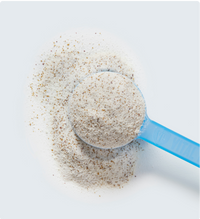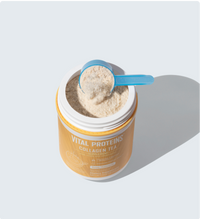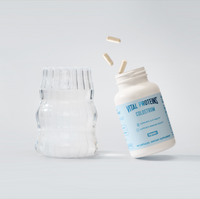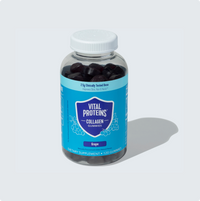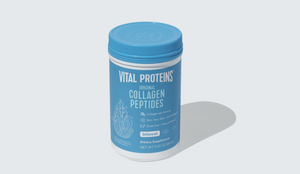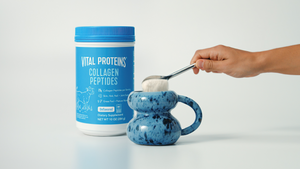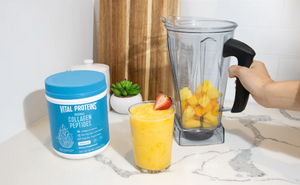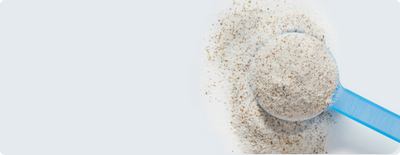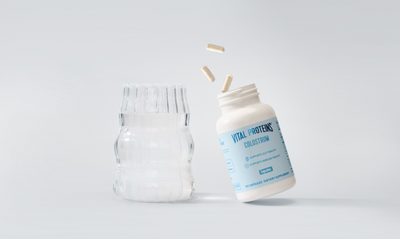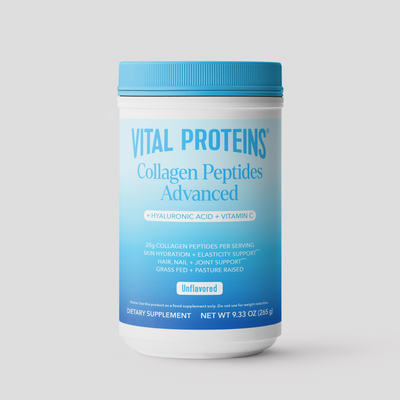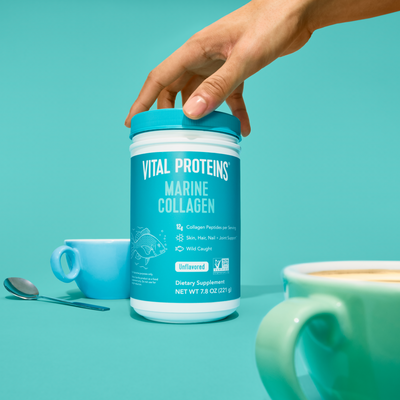By: Tom Smurr
Tom Smurr is a member of Vital Proteins Customer Advocate Team. In this weekly blog series, Tom (@triathletetommyon Instagram!) offers an inside look at his journey to the para-triathlon.
Upon starting my training for a para-triathlon, I quickly learned that there is a ton more to training than just running, swimming, and biking. In order to strengthen properly, I needed to consistently focus on my core, hips, and other stability focused muscles in order to build my endurance.
This new approach to exercise brought a challenge my way. I needed to find a way to activate muscles I’d never used before or used in such minimal ways my entire life. On top of this, due to my affected, short left leg, I’m not even sure what muscles I’m engaging! It can be quite frustrating trying to strengthen your body when you don’t know where to begin.
RELATED: How I Used Collagen to Run on New Legs (Literally)
Luckily, I have my group, Dare2Tri, helping me out. I also have my fellow athletes, those with missing arms, hands, lower body function, and more showing me how things are done. I quickly found out that it really doesn’t matter if I understand which muscles I’m using. I just need to keep trying all exercises and continue trying to activate any muscles. This is where strength training has become super important.
All About Movement
In the beginning, I focused on core and hip exercises. I had issues with stability in walking and running. Doing 30-second planks and working up to 2-minute planks was great as this activated the core but also required me to “hold up” my prosthetic leg, which activated my functioning quadricep. I also came to find that squats allowed me to progressively use the prosthetic. I would start doing sets of around 12 squats at a time, but initially was more centered over my right, stronger, fully functioning leg. Over time, I would continue to shift my weight towards the prosthetic until I could truly push up with the prosthetic. My legs and hips were getting much stronger.
RELATED: Training for the Para-Triathlon: What I've Learned So Far
Now that I have more function in the prosthetic leg, I continue to push the limits. Exercises like lunges are helping me get stronger. But I am still using a chair to hold on to for stability on one side. I can wall sit using both legs instead of one to continue working on my core. I’m also doing more leg movements like high-knee jogging in place and flutter kicks laying on my back. Using HIIT has helped increase my tolerance, too.
These types of exercises should not be overly strenuous and are easy enough to do at home. Make sure focus is being put on your core since much of your stability stems from there. For anyone training for a para-triathlon or triathlon, this is a must do to keep your body stable and strong.
Fueling Up
There have been two things to help me with making my progress in strength training outside of exercising. The first is taking electrolytes to keep up with the hydration needed in my legs to avoid cramping. The second is making sure my protein content is high enough to continue repairing my muscles, preparing them for the next round of workouts.
I like to make smoothies with Vital Proteins Collagen Whey (especially the vanilla flavor). My extremely easy-to-make, low-sugar, high-protein smoothie contains coconut milk, mixed frozen berries, and Vital Proteins Vanilla & Coconut Water Collagen Whey. Simply blend and enjoy this post-workout drink!
Incorporating strength training into a regular exercise routine and following a nutritious diet will help to support the swim mechanics, core power, and overall stamina for triathlons.

